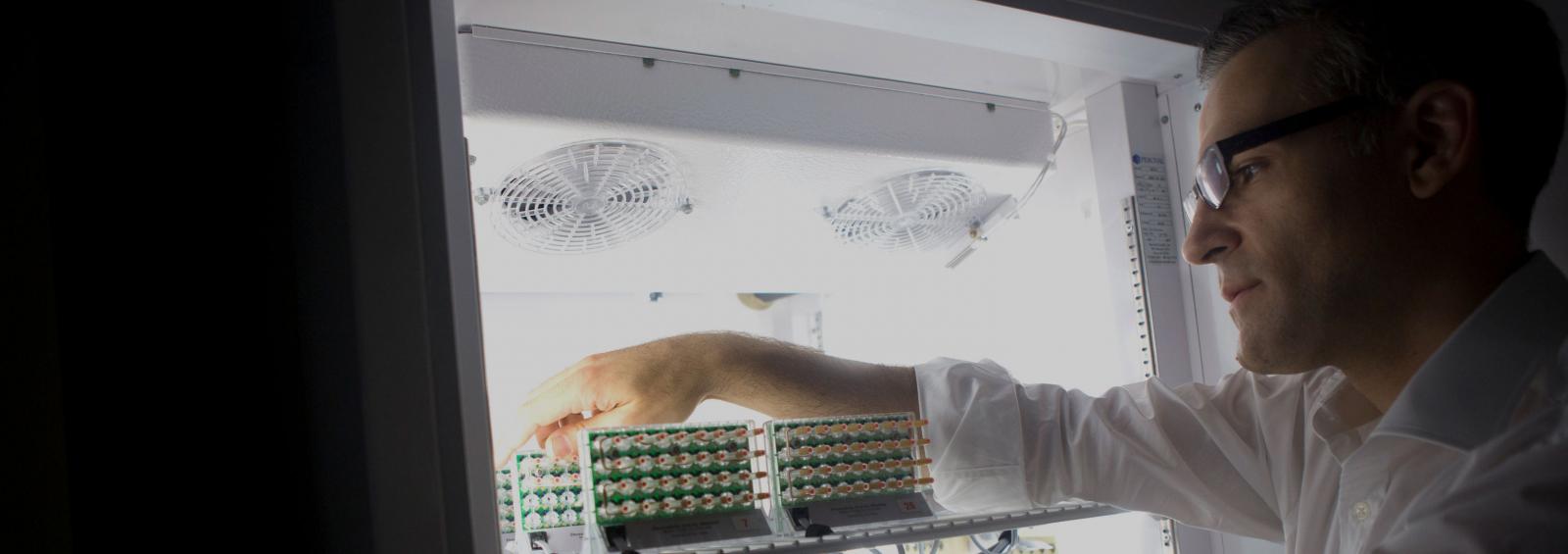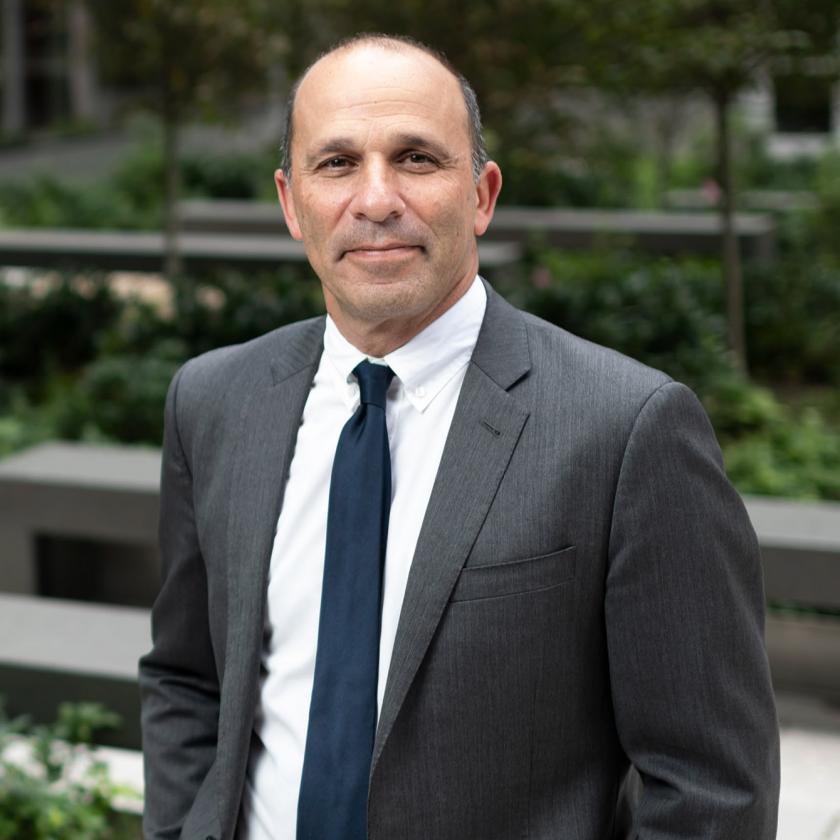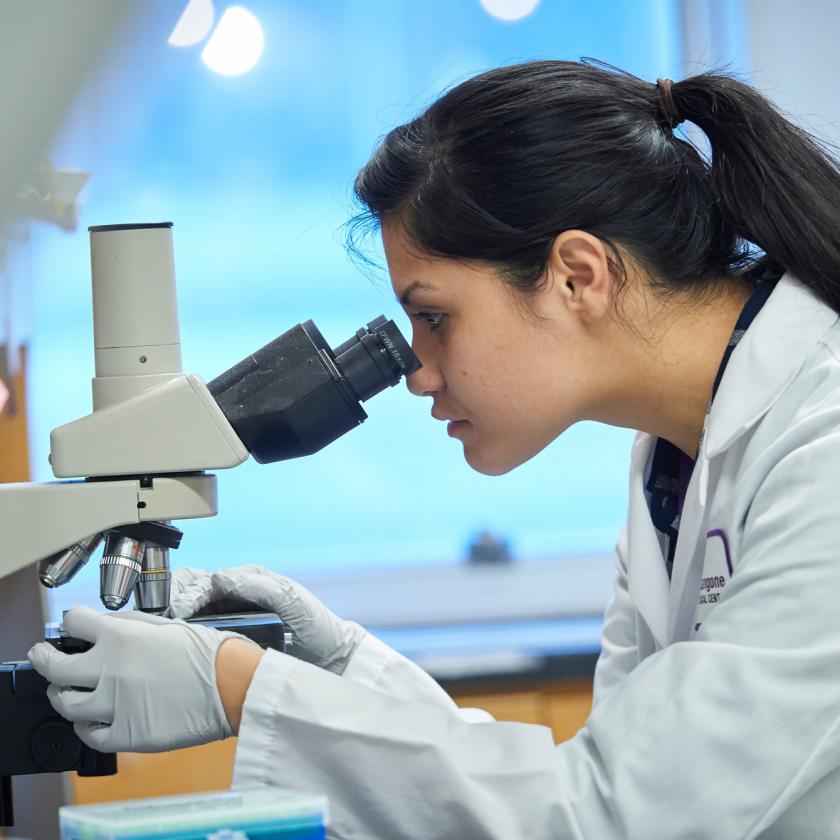About the Department of Neuroscience & Physiology

Scientists working in the Department of Neuroscience and Physiology at NYU Langone Health have a long and storied history of making significant contributions to the field. Through novel approaches to research, we continue to be at the forefront of important studies that investigate the brain’s function in health and disease.
Led by department chair Paul Glimcher, PhD who is also director of the Neuroscience Institute, we have created an environment in which synergy and collaboration among scientists further our tradition of excellence. Using the latest technologies and methods, our faculty lead multidisciplinary projects that result in neuroscientific breakthroughs.
Trainees play integral roles on our research teams. Through hands-on educational programs, our faculty empower a new generation of neuroscientists to pursue bold ideas.
Our Faculty

Neuroscience Training Programs

History of the Department of Neuroscience and Physiology
Our history of scientific innovation goes back more than 150 years. With the arrival in 1976 of Rodolfo Llinás, MD, PhD, the focus of the department shifted to neuroscience, in part as a means of better understanding the nature of who we are as humans.
1850: The Department of Physiology Is Founded at University Medical College
John W. Draper, MD, a founder of what was then called University Medical College, served as head of its Department of Physiology from 1850 to 1867, and as its president from 1850 to 1873. Dr. Draper was a Renaissance man with interests in chemistry, medicine, philosophy, history, and religion. He was the first person to produce a clear photograph of the female face, the moon, and an object under a microscope. His controversial book History of the Conflict Between Religion and Science was internationally acclaimed.
1861: Bellevue Hospital Medical College Is Cofounded by Austin Flint II
Austin Flint II, MD, cofounded Bellevue Hospital Medical College with his father and served as chair of the Department of Physiology and a professor of physiology and microscopy from 1861 to 1897. He developed a specialization in the physiology of mental states. His work The Physiology of Man, published in five volumes between 1867 and 1873, became a sought-after reference. In 1874, he was appointed surgeon general of the State of New York, a position he held for four years.
1898: University Medical College and Bellevue Hospital Medical College Merge
Graham Lusk, PhD, served as professor of physiology and the first chair of the newly combined department from 1898 to 1908. Dr. Lusk is known for his role in founding The Harvey Society and for his important contributions to the science of diabetes and nutrition. His 1906 textbook The Elements of the Science of Nutrition was the standard work on the topic at the time.
1930: Homer W. Smith Brings Together Clinical and Basic Scientists
During his tenure as chair of the Department of Physiology from 1930 to 1961, Homer W. Smith, PhD, established strong collaborations between the institution’s clinical and basic laboratories. He is considered a pioneer in the field of renal physiology; an award in his name is given out annually by the American Society of Nephrology.
1955: The Medical Science Building Opens
When the Medical Science Building opened in 1955, it became home to many laboratories and offices, including the Department of Physiology and Biophysics. The building still stands at NYU Langone Medical Center.
1976: Rodolfo Llinás Ushers in the Era of Neuroscience Research at NYU School of Medicine
From 1976 to 2011, Dr. Llinás chaired the department. Working with other eminent faculty, including Robert G. Baker, PhD, Dean Hillman, PhD, J. Charles Nicholson, PhD, and John I. Simpson, PhD, he began to steer the department in the direction of neuroscience. In 2011, NYU named Dr. Llinás a University Professor, the first time such an honor was bestowed upon a medical center faculty member. In 2014, we held the first annual Rodolfo Llinás lecture in honor of his contributions to the neuroscience community.
1995: The Department Is Renamed the Department of Physiology and Neuroscience
Reflecting the scope of research being done by our scientists, NYU School of Medicine renamed the department the Department of Physiology and Neuroscience.
2012: Richard Tsien Becomes Chair of the Department
In January 2012, Dr. Tsien took the helm of the department and solidified NYU Langone’s commitment to neuroscience and translational research. His roles as chair of the department and director of the Neuroscience Institute allow him to mentor the next generation of neuroscientists and to build on the existing relationship between the basic science and clinical departments. In 2013, the name of the department was changed to Neuroscience and Physiology to reflect the strength of the research community.
2018: The Department of Neuroscience and Physiology Moves to the Science Building
Occupying three floors in NYU Langone’s Science Building, our laboratories, offices, and conference spaces house the latest technologies and encourage interdisciplinary collaboration and innovative research projects.
2023: Paul Glimcher, PhD Named New Chair of the Department
In July 2023, Dr. Glimcher assumed the role of chair of one of the largest basic science departments at NYU Langone. His work at the intersection of neuroscience, psychology, human decision-making, and psychiatry positions him at an excellent location for continuing to strengthen ties between basic science and clinical departments. He brings a renewed commitment to the excellent science and training that has marked the history of the department.
Looking to the Future
In collaboration with the Neuroscience Institute, we continue to hire new faculty members and develop collaborations that employ sophisticated techniques to study the brain, both healthy and diseased.
